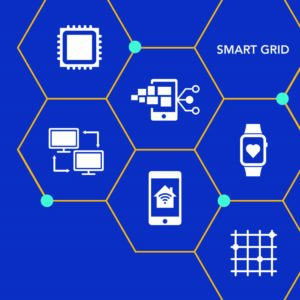Tips & Tricks
IoT Devices: Your Data is only as Secure as your Weakest Link

 The holiday season is quickly approaching bringing us holiday joy and cheer as well as the latest IoT (Internet of Things) smart home gadgets. With this in mind, we take a deeper dive into IoT devices and the risk they present to not only your home, but also your business.
The holiday season is quickly approaching bringing us holiday joy and cheer as well as the latest IoT (Internet of Things) smart home gadgets. With this in mind, we take a deeper dive into IoT devices and the risk they present to not only your home, but also your business.
By the end of 2020 there will be more than 26 billion active IoT devices such as Ring doorbells, Nest cameras, digital assistants and Smart TVs. While these devices provide the latest in smart home technology and convenience, they also provide a massive attack surface that cyber adversaries are actively exploiting for nefarious purposes.
This past week, Ring made news headlines after it was reported by the Washington Post that perpetrators had compromised home security cameras to terrorize young children. Cyber criminals target IoT devices because they are often rushed to market with security features disabled in the interest of simplicity and functionality. Once compromised, these devices provide a means to gain access to other connected devices within the home network.
Due to the proliferation of IoT devices, the FBI recently issued guidance on securing IoT devices within home networks. For employees remotely accessing company data from home it is essential to implement proper cyber hygiene to mitigate firm risk and maintain personal privacy. It is important to understand how to mitigate this risk by following a few essential steps.
Five Essential Steps for Improving IoT Home Security
- Change all default passwords to a unique password for each device and enable MFA (multi-factor authentication) wherever possible.
- Configure privacy settings for IoT devices and apps.
- Ensure home IoT devices are running on the latest firmware and if supported, enable automatic updates.
- Segregate IoT devices on a network that is isolated from computers with access to client data or your corporate network.
- Be mindful of microphone and camera usage and settings.
